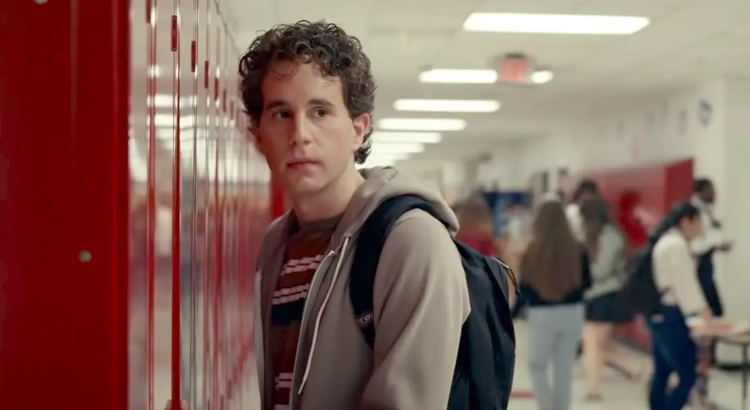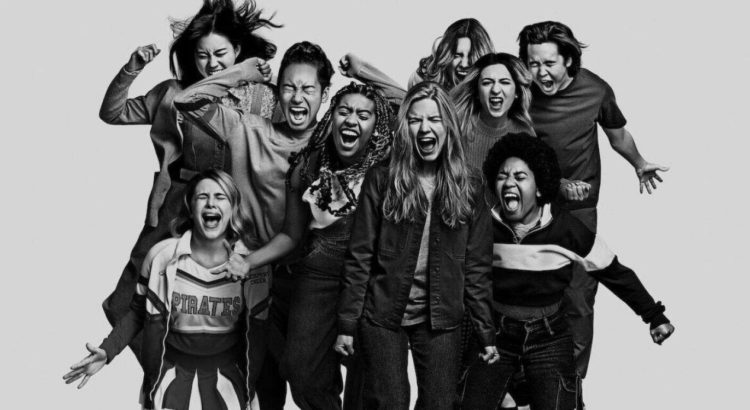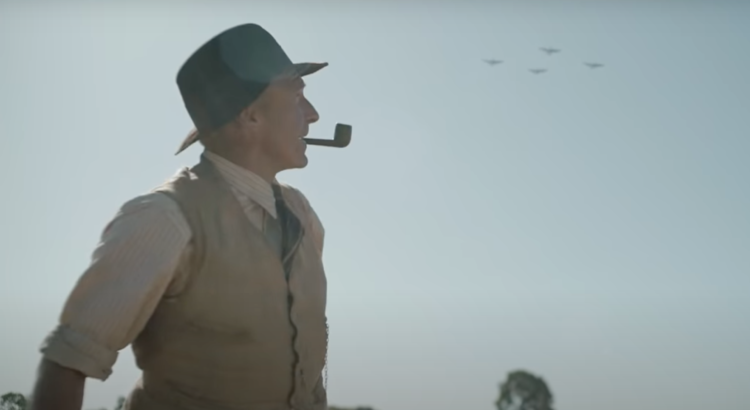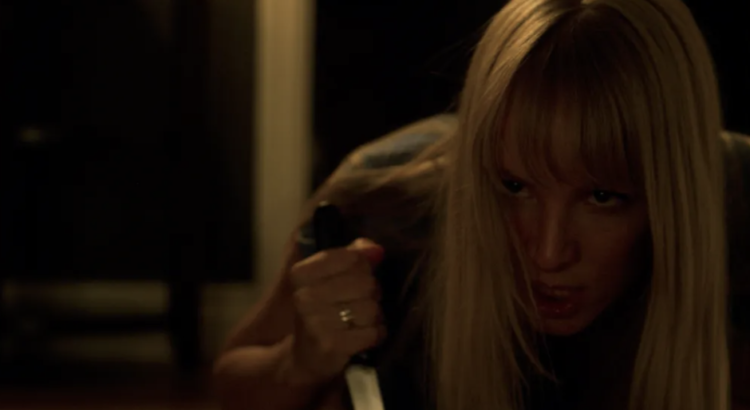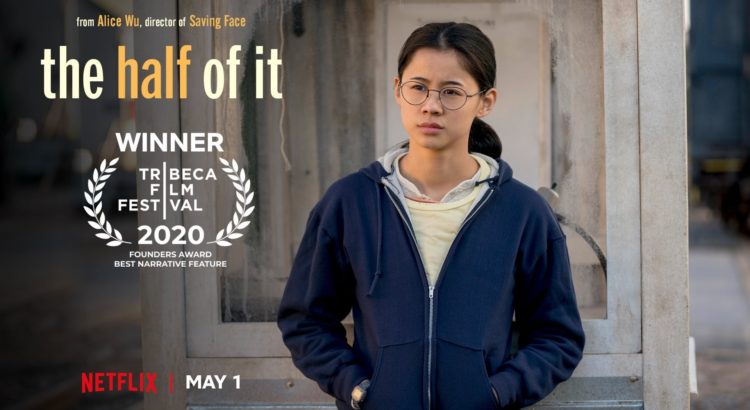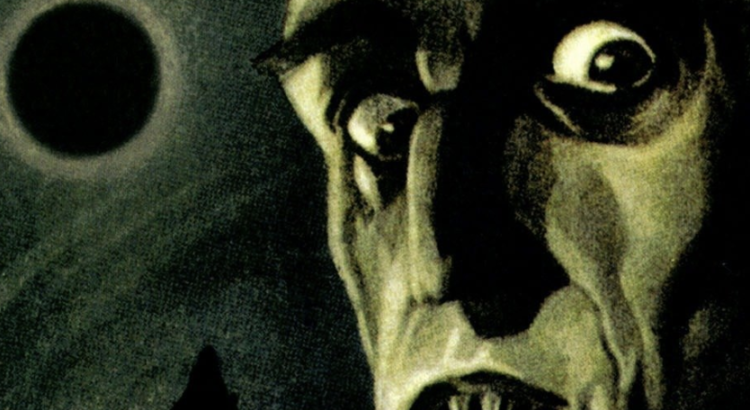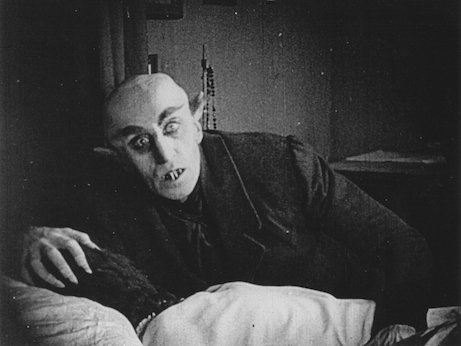Dear Evan Hansen,
When I saw you were becoming a movie, I admit, I was skeptical. You’re the freshest in a growing list of musicals turned movies, a recent trend that I’m not sure how I feel about yet. A theatre kid at heart, I knew the music and storyline from Dear Evan Hansen before I walked into the screening. Wondering how the transition from stage to screen would play out, I came in skeptical but interested.
My main hesitation with movie musicals is that the mashing of these forms can often feel confusing, if done improperly. When attending a musical, the audience is expecting the music as part of the storytelling. In a movie, the ability to shoot in an authentic setting can create enhanced realism, which can’t always be done on stage. When someone starts singing out of the blue in a movie, it feels especially out of place when the rest of the film feels so real. I felt particularly jarred by it in Dear Evan Hansen, which utilized silence in its non-musical parts so well, I started to wonder what this movie would look like without the musical element everyone was expecting, and if it could stand alone that way.
Another one of these skepticisms came from the age of Ben Platt, the originator of the role of the titular Evan Hansen. We are no stranger to seeing actors well out of the age range play high schoolers (ex. Grease, Stranger Things, etc.), and Platt has spoken up against critics who said he’s too old for the role. While I agree that it’s irritating to continue to see high schoolers played by much-older actors, I have to admit Platt’s performance is exceptionally extraordinary. Platt’s ability, especially repeated times a week on stage, to portray a severely anxious high schooler and snot-cry while singing, is incredible. It comes from a place of deeply understanding and embodying the character of Evan Hansen, and it times it’s hard to watch because of its rawness.
Speaking of snot-crying… While the storyline is emotional and heavy, I couldn’t help but feel the movie was perhaps a bit too self-indulgent at times. There may have been a smidge too much screen time for tears and pensive expressions–and the removal of some of the more upbeat songs from the original musical only added to the darker tone of the film version.
While some original songs were missing, a few new ones were added. I appreciated what they did here–it seemed, in this way, that they were moving towards making the movie its own meaningful thing, rather than a copy of the musical version. The movie slightly departs by featuring certain characters more, increasing the diversity factor of the film and touching on different ways mental health shows up in different people’s lives. (Hint: Alana gets a more fleshed-out character development, and we hear more from Connor!)
Overall: Did I cry? Yes. I’m not afraid to say that the topic of mental health and suicide hits quite close to home for me, and I’m thankful for the way DEH doesn’t shy away from the tough stuff. Did I laugh? Yes, in the brief snippets of comedic relief. In the end, I would recommend it as separate from its musical original. For those of us who need to hear it, DEH reminds us: You are not alone. You will be found. If you’re feeling up for a powerful, emotional story, go check it out when it releases on September 24th!

